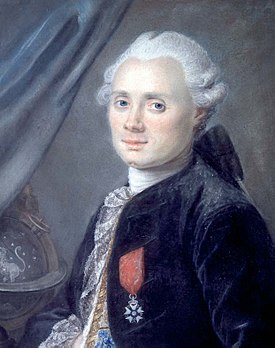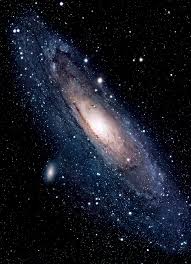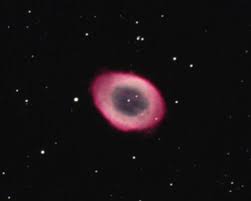Today, we will talk about one of the greatest astronomers France has ever known: Charles Messier (1730-1817). Oh, his family may not have been wealthy, but young Charles was surrounded by the love of his family, which allowed him to pursue astronomy. Isn't that a lesson for all of us? Let your children follow their imaginations, and they will accomplish wonders. Who's to say that the lovely macaroni necklace your youngest child made for the last Mother's Day isn't a precursor to a great artistic career?

Messier spent his life observing faint objects and meticulously cataloged them in a catalog bearing his name. No, it's not just a simple catalog like those of Redoute, and you can't buy these objects on order. The nature of these objects remained a mystery for a long time, as knowledge of the universe was quite limited at that time. After all, we are only a few decades after Edmund Halley, another great astronomer - but English this time - developed his theory of comets. We now know that the catalog consists of star clusters (open and/or globular), nebulae, and galaxies.
One of the most impressive examples in the catalog is the fantastic Andromeda galaxy (M31), which happens to be our closest neighbor (excluding the Magellanic Clouds). This galaxy is only 2.5 million light-years away, which means it takes 2.5 million years for the light emitted from this galaxy to reach us. Imagine that when the photons left the galaxy, our distant hominid ancestors were only populating the region of the East African Rift.

There are also many nebulae in this catalog. Nebulae are stars that explode dramatically at the end of their lives and emit gases that expand into every corner of the universe. One of the most beautiful examples is, of course, the fantastic Ring Nebula (M57).

Lastly, you should know that every year in March, many astronomers participate in the Messier Marathon. The goal of these astronomers is not to run more than 42 kilometers; an astronomer is not a person who engages in physical activities. Instead, the goal is to observe all 110 Messier objects in a single night.
Post a comment
| Date | Name | Comment |
|---|